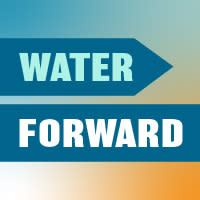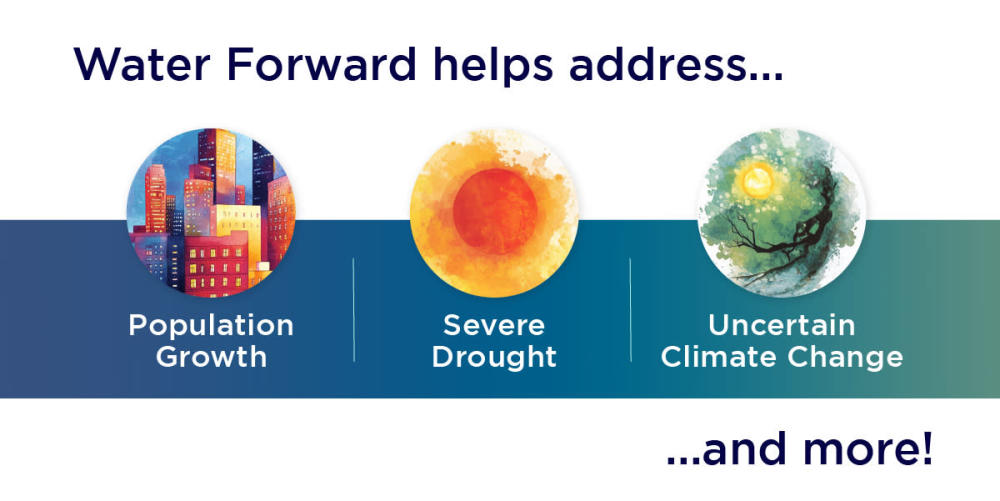Water Forward 2024:
Water Forward 2024:
Water Forward is Austin’s 100-year integrated water resource plan to develop and implement diverse and environmentally conscious water management strategies to adapt to growth, drought, and climate change and ensure a safe, reliable, equitable, and affordable water future for our community for the next 100 years.
Water Forward was first approved by Austin City Council in November 2018. Since then, Austin Water has implemented near-term plan strategies to help address water supply needs. Austin Water just completed the first 5-year update to the Water Forward plan, utilizing community input as well as guidance from the Water Forward Task Force. Check out the updated plan here.
Background information:
Drought has historically threatened Austin's water sources. From 2008 to 2016, Central Texas experienced one of the worst droughts on record. Though Austin didn't run out of water, the Highland Lakes were drained to only 1/3 full and water restrictions were placed city-wide. The drought highlighted the dangers of having only one drinking water source.
Climate scientists have predicted that Austin will likely see even longer and deeper periods of drought, punctuated by very heavy rain events. Texas could also see drier conditions in the second half of the 21st century than it has in the past 1,000 years (according to a 2020 UT and A&M study). Add rapid population growth onto that and it's clear the city needs to plan for a more resilient water future.
Water Forward Guiding Principles:
The purpose of Water Forward is to develop and implement diverse and environmentally conscious water management strategies to adapt to growth, drought, and climate change and ensure a sustainable, resilient, equitable, and affordable water future for our community for the next 100 years.
- Create a plan that is resilient to growth, drought and climate change
- Use a holistic and inclusive approach to water resource planning that incorporates the Austin community’s values
- Include diverse water management strategies that make use of all water sources, including reuse, conservation, and efficiency
- Protect the health of the Colorado River and natural environment
- Minimize implementation and operational risk
- Use an equity and affordability lens to develop and implement the plan
- Focus on locally available water supplies
What's new in the 2024 update?
The updated plan includes refreshed supply, conservation, and onsite reuse strategies based on up-to-date climate and population projections to plan for a range of possible futures.

